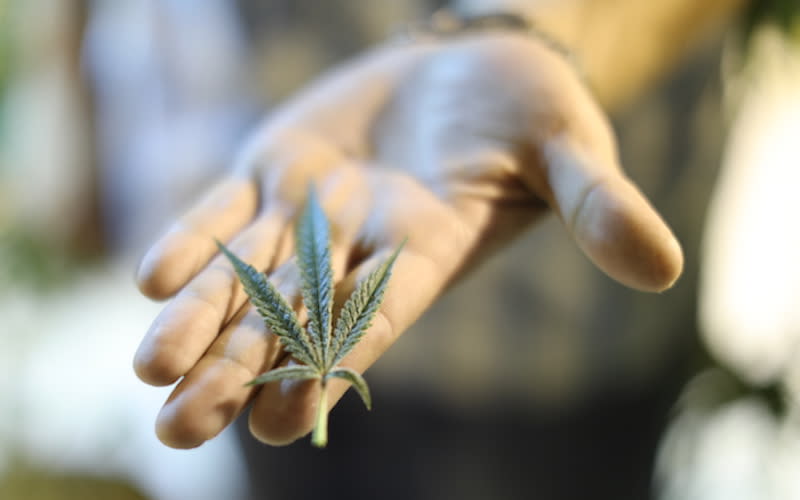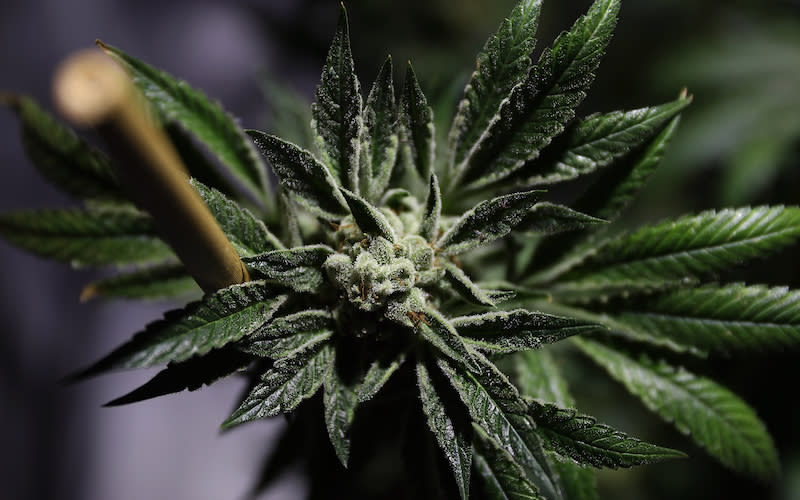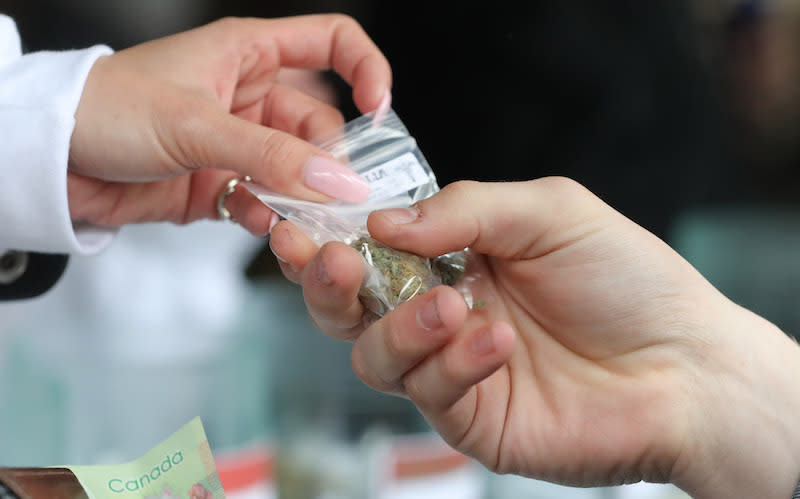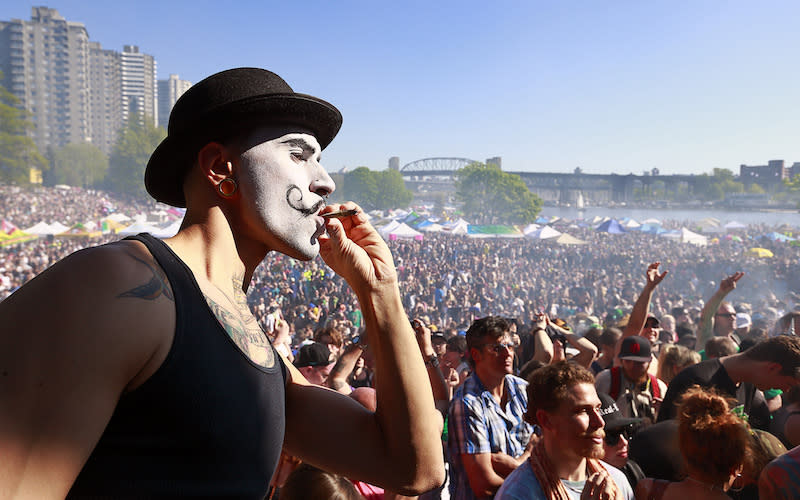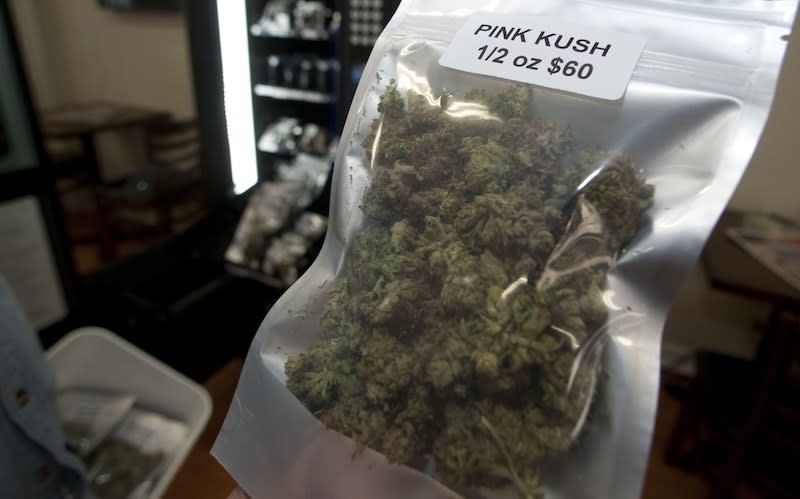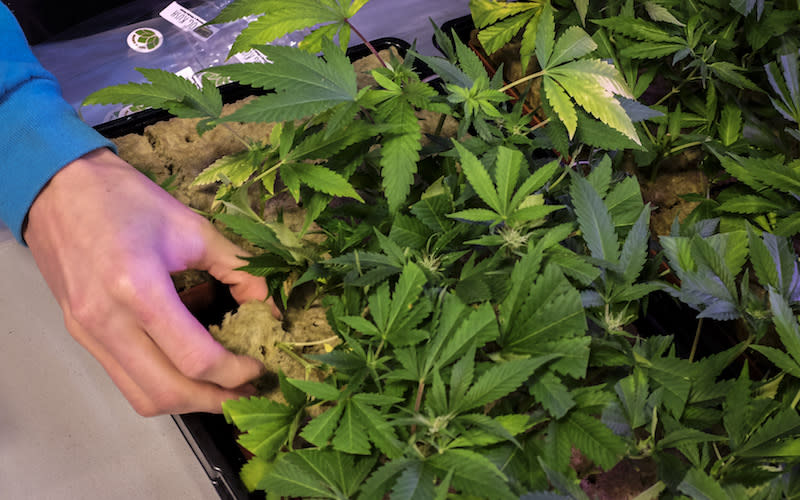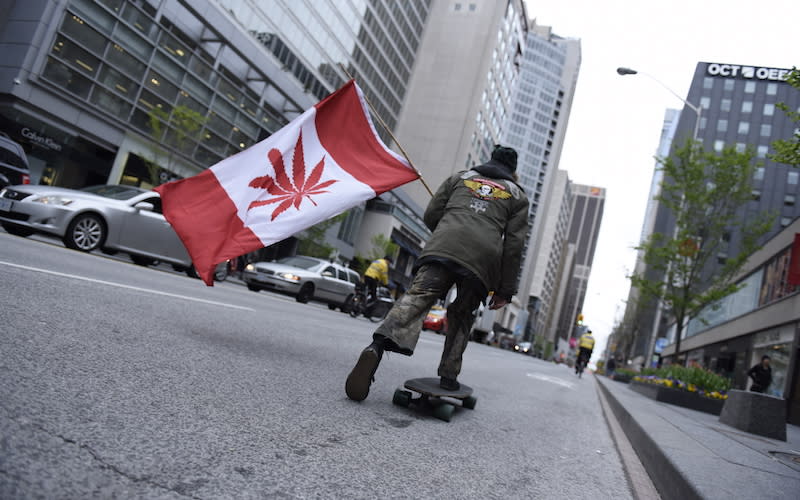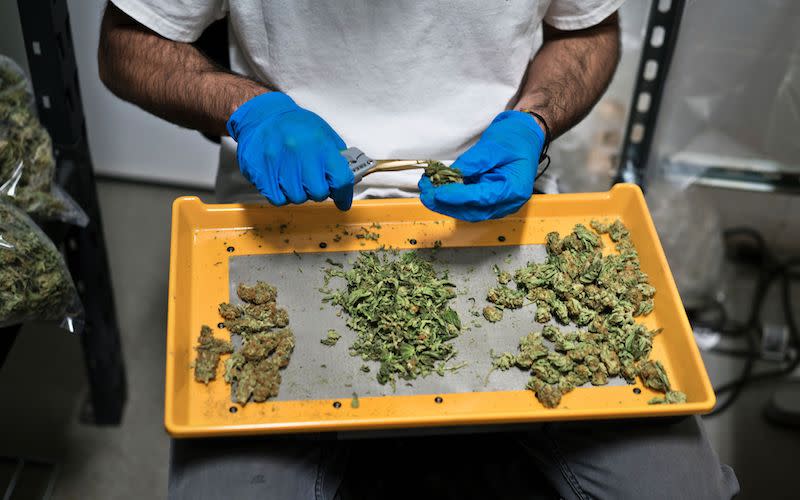PHOTOS: Canada's marijuana regulations in every province, territory
As the days pass closer to pot legalization in Canada, the provinces and territories are scurrying to get their ducks in order.
Under Prime Minister Justin Trudeau’s marijuana plan, the provinces and territories will have to take on a large load of the responsibility when cannabis becomes legal for recreational use sometime in 2018.
Despite a statement from Health Canada saying the Cannabis Act would become law “no later than July 2018,” the prime minister told Quebec’s TVA network he does not know where that date came from.
“The date will not be July 1, I can assure you of that,” Trudeau said. Instead, the prime minister says marijuana will become legal “next summer.”
The federal government had proposed a 50-50 split of pot tax revenue, but the provinces and territories had argued they deserved more for their role in the plan.
On Dec. 11, 2017, the federal government reached an agreement with the provinces and territories over the sharing of marijuana sales tax revenue. The deal would allow provincial and territorial governments to receive 75 per cent of pot tax revenue for the first two years, with the federal government receiving the rest up to a maximum of $100 million.
Any excess revenue from legal distribution and sales would be shared among the provinces.
“After two years, it’s time to rethink the approach to make sure we’re getting it right,” federal Finance Minister Bill Morneau said after the deal was reached.
Startup costs for the implementation of legal cannabis will be shared by all levels of government. Morneau acknowledged the federal government is expecting to spend around $700 million per year on the Canada-wide program to get it off the ground.
It has also been revealed that the price of government-sold cannabis will be set at $10 per gram, which includes taxes. Marijuana will be taxed at one dollar per gram, or 10 per cent. The finance ministers agreed on this price after deliberating on the best way to drive out competition from the black market.
Decisions on the legal age, sales models, growing at home, personal possession and whether pot will be permitted for use in public is a responsibility of the 10 provinces and three territories.
Governments have a few months to come up with their own regional plan for how to regulate and distribute legal marijuana for recreational use.
With files from The Canadian Press and CBC News


